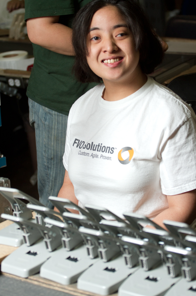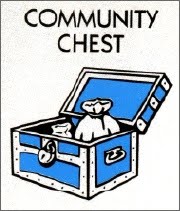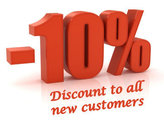And so they slug it out, day after day, year after year. Winning customers. Providing products and services. Trying a lot of things to bring people in the door and make them happy once they’re there. But most never truly ask: What if we were different from all the other businesses in our category? What would that look like? What if we brought something to the market that no one else has? What would that be…and why would people care?
Branding asks those hard questions…and then works harder to answer them. It usually happens right at the moment when leadership's focus shifts from working in the business to working on the business. And it’s a lot of fun! But make no mistake, building a brand is way more tasking than merely running a business.
And the first step is deciding whether you want to be Charlie’s…or the 36% of coffee houses that are Starbucks® [brand].





 RSS Feed
RSS Feed
